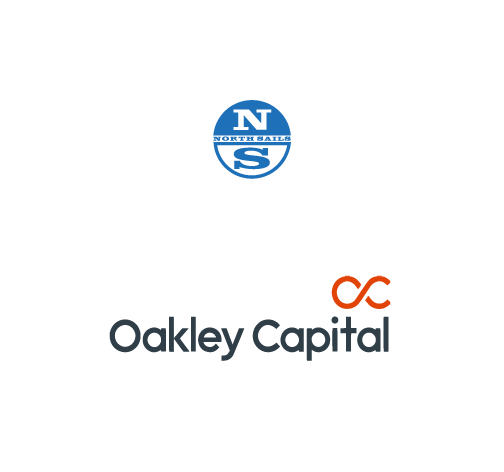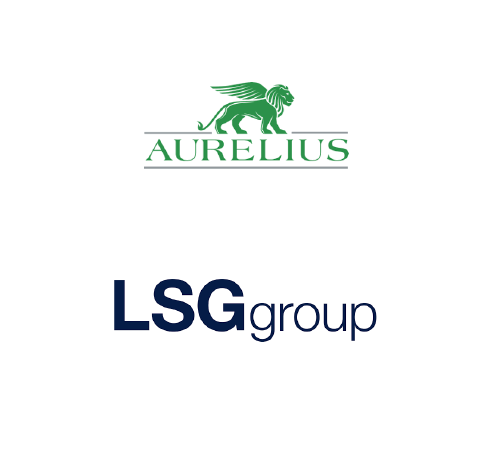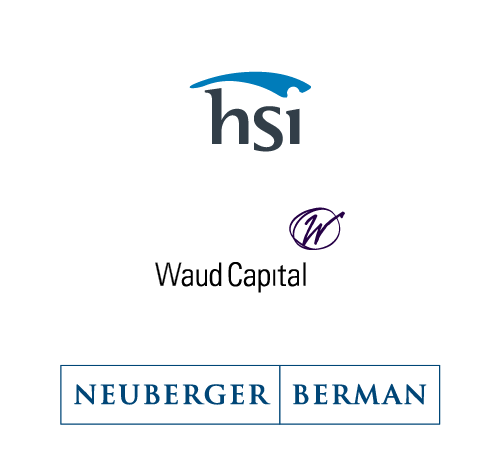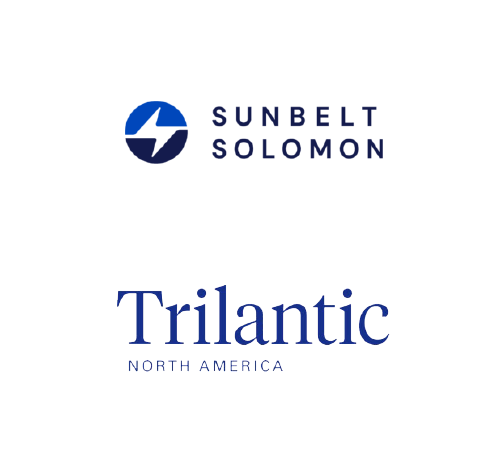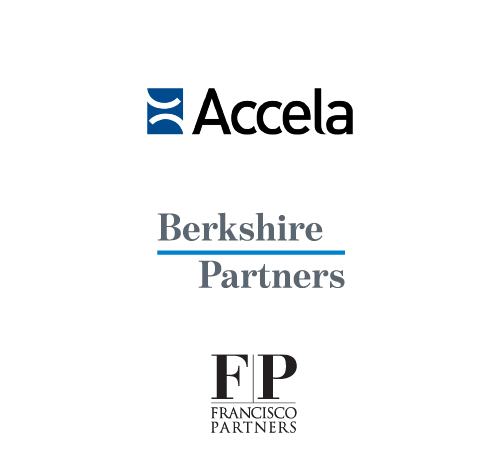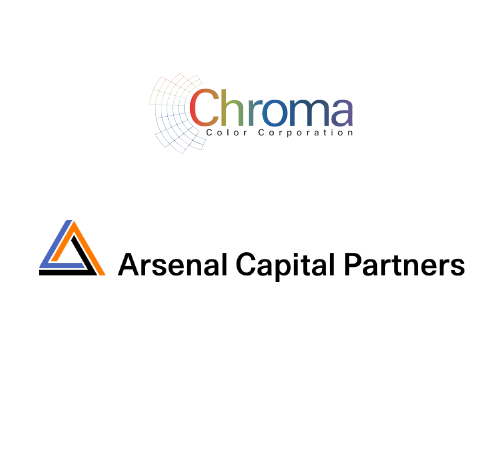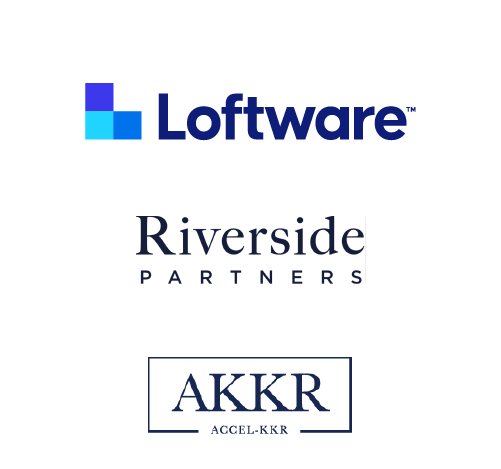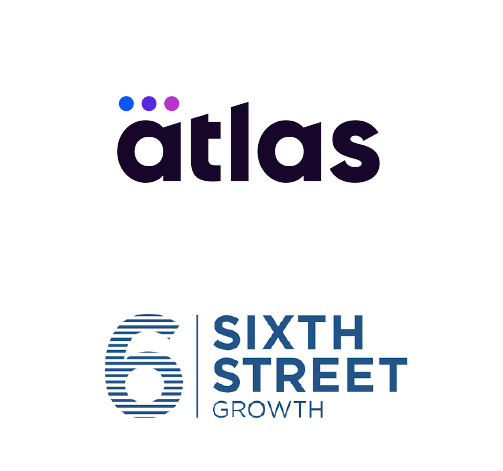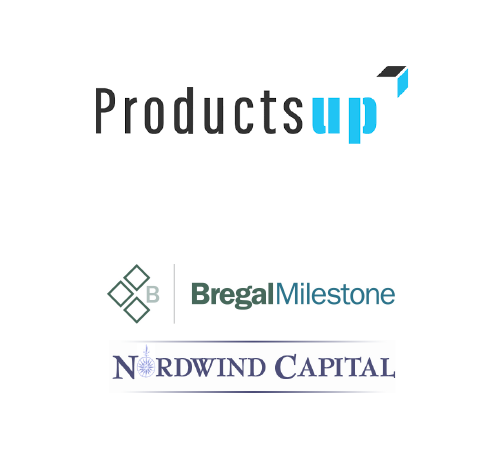
Top Six Themes for Private Capital Markets in 2024
The year 2023 began under a challenging market backdrop and fear of an impending recession. As the year continued, financing markets faced continued challenges by way of bank stress, drama around the debt ceiling and geopolitical turmoil. The cost of financing peaked following four rate hikes, but following its December meeting, the Fed signaled an end to rising rates and foreshadowed multiple rate cuts in 2024. General fears around a U.S. recession had waned by year end.
After a tumultuous year in the markets, the outlook for the private capital markets is generally more positive than it was going into 2023, a view supported by the new heights achieved across major equity indices. However, still-high interest rate levels mean that some weaker borrowers may face challenges in the year ahead. Baird’s sentiment is grounded in six themes we see materializing in 2024:
1. Interest Rate Environment Expected to Normalize
Following a year-and-a-half of rate hikes, the Fed hit pause in September 2023 leaving the targeted Fed Funds range of 5.25-5.50% unchanged. In its December meeting, the FOMC voted to maintain the targeted Fed Funds range of 5.25-5.50% for the third consecutive time, but this time foreshadowed three 25bp rate cuts in 2024 to end the year at 4.6%. Notably, the market is somewhat more optimistic than the Fed’s dot plot forecasting a rate of 3.9% at year-end.
Historical and Projected 3-Mo Term SOFR

For borrowers with weak cash flow and coverage metrics, this reduction (and associated reduction in SOFR) may not be sufficient to alleviate their financial issues and they may still face a challenging year ahead. Nevertheless, such a trajectory for rates will be incrementally helpful to many and, more importantly, set a positive tone for the lending environment.
2. Continued Increase in Prominence of Private Credit
Private credit has grown significantly and consistently over the past decade, and we expect this trend to continue in 2024 for several reasons, including:
- These funds are flush with dry powder
- Many years of healthy fundraising have left them with a collective $272bn1 to invest. Furthermore, investor allocations to the asset class are expected to increase, per a recent Coller Capital survey.
- Financing terms eased towards the end of 2023
- For top quality credits, fully levered spreads declined by as much as 100 bps by year-end relative to the start of 2023 while OID declined to 2% from 3%, generally. Maximum leverage levels are still below those of 2021 but they ticked up throughout 2H 2023 as lenders relaxed coverage requirements slightly2. 2024 could see leverage tick even higher as the Fed begins cutting rates.
- The cohort is well positioned to continue gaining share vs. the broadly syndicated loan market (BSL)
- While the market has shown healthy demand for B2/B rated credits, the challenging syndication environment for B3/B- rated names benefits private credit, who had several “steals” from the BSL market late in the year. This dynamic will take center stage for larger private credit funds as there are $45.9bn of maturities for leveraged loans rated B- and below in 2025 (vs. $7.8bn in 2024)3.
- Growing demand for junior and hybrid capital is pushing private credit and broader alternative investment platforms to expand mandates
- The fast-growing demand by issuers for new forms of hybrid capital, with elements of debt and equity, has prompted many private credit and alternative investment platforms to expand their mandates and offer bespoke solutions. Some are executing these out of existing funds, while others have raised dedicated capital solution / structured capital funds.
North American Private Credit Fundraising ($bn)
North American Private Credit Dry Powder ($bn)

U.S. Private Credit Unitranche Leverage Levels and Spreads (rolling 90-day averages)

Count of LBOs Financed in Private Credit vs. BSL Market

3. Regional Bank Lending Pull-Back
As regional banks, particularly those of smaller scale, have faced increased regulatory scrutiny and capital requirements, lending standards have tightened alongside a focus on higher quality credits at the expense of loan portfolio growth.
Additionally, following the collapse of SVB, Signature Bank and First Republic Bank, smaller banks generally suffered a decline in deposits as consumers gravitated towards the perceived safety of large banks. As a result, participant banks in syndications, which historically did not rely on ancillary business to extend credit, now often require a share of customer deposits thereby increasing execution/syndication risk. As such, we expect many would-be bank borrowers to evaluate private credit or, depending on the asset base, asset-backed solutions in 2024.
4. Wave of Over-Levered Maturities Requiring Creative Financing Solutions
As higher interest rates have consumed more cash flow than expected, many pre-2022 borrowers have experienced a meaningful decline in credit quality.
For borrowers unable to de-lever on pace with the decline in debt capacity afforded by the market, upcoming maturities will not be refinanced on a like-for-like basis and creative financing solutions will be required to fill the gap. As such, we expect to see a rise in the utilization of:
- Junior capital – raised in sufficient quantity to paydown senior debt and either obtain a maturity extension or refinance into a comfortable leverage profile for a new lender.
- PIK – used to bridge pro-forma cash flow metrics until a more normalized debt structure is obtainable.
- NAV loans – raised by a GP against a fund’s entire portfolio of assets to solve financing issues of individual portfolio companies. This market has proliferated recently and begun to enter the mainstream, though utilization of NAV loans requires consideration of a multitude of factors.
5. Return of LBO Financings and Continued Rise of Non-Control Alternatives to Satisfy LP Liquidity Demand
Following a sustained stretch of lackluster activity, we expect a rebound in M&A for 2024. After putting many sale plans on hold for a lengthy period, financial sponsors are highly motivated to pursue more exits in view of low distribution activity and fundraising objectives. On the flip side, buyers are cash-rich with record levels of dry powder and increasingly constructive credit markets, led by direct lenders. Although the headwinds that hindered activity over the past 18 months are unlikely to resolve fully, the robust transaction pipeline should translate to more deal agreements once macro factors start heading in the right direction. Read more of Baird’s 2024 M&A outlook.
Consistent with themes observed in 2023, we expect sponsors to explore co-control, minority equity recapitalizations and structured equity transactions in 2024. These non-control solutions allow sponsors to bridge valuation gaps through structure and achieve partial liquidity to appease LPs and extend hold periods. Also, we expect these types of equity deals to help fund add-on acquisitions, which represented over 75% of US buyout activities for sponsor acquirers4.
6. Rebound in Growth Equity Markets
The growth equity markets continued to face challenges in 2023. In reaction to the valuation reset following the record levels of 2021, companies generally avoided issuing down rounds to prevent triggering anti-dilution provisions. The combination of high interest rate and weak financial performance led companies to cut costs and focus on rightsizing, with capital raises being pursued only when essential. Investors also struggled in fundraising, with Preqin reporting a ~50% decline in new growth equity funds relative to 20225. As a result of all these factors, the transaction volume in the growth equity markets dropped 22% in 2023 vs. 20226, with one positive fact pattern being that issuance has stabilized at levels consistent with those in 2020 and up 37% relative to 2019.
Growth Equity Markets Annual Issuance Volume

Looking ahead, we believe that many growth-oriented companies that managed cash burn through 2023 to avoid a new financing round may return to the market in 2024. Dry powder remained relatively flat at slightly over $500bn in 2023, diverging from the 44% YoY surge in 2022 and 33% in 20217. The continued record levels of dry powder combined with attractive prevailing valuations for investors are expected to positively impact the deal making environment in this year to come. Finally, near-record high equity indices coupled with record-low market volatility are creating opportunities for an IPO market rebound. If this materializes, we would also expect investors to increase capital deployment in support of pre-IPO issuers.
So, following a challenging year for deal-related activity, Baird is optimistic that 2024 will see a rebound in deal activity partly enabled by stronger conditions in the private capital markets. Baird’s Private Capital Markets team can help you navigate these markets in pursuit of your financing objectives. Please contact us to discuss any potential financing events or capital structure solutions.
Select Recent Private Capital Markets Transactions
1Source: Preqin. Figure as of 12/31/2023
2Source: Baird Global Investment Banking
3Source: LCD | PitchBook. Figures as of 12/31/2023
4Source: PitchBook based on 2022 and 2023 add-on acquisition activity
5Data based on Preqin research for funds categorized as venture capital, growth, hybrid, co-investment and PIPE in the U.S.
6Based on PitchBook deal screen that includes minority raises equal to or greater than $50M that are Series B or later, region classified by HQ location (USA)
7Data based on Preqin, as of 1/10/2024. Growth Equity dry powder stats include funds categorized as venture capital, growth, hybrid, co-investment and PIPE in the U.S.



